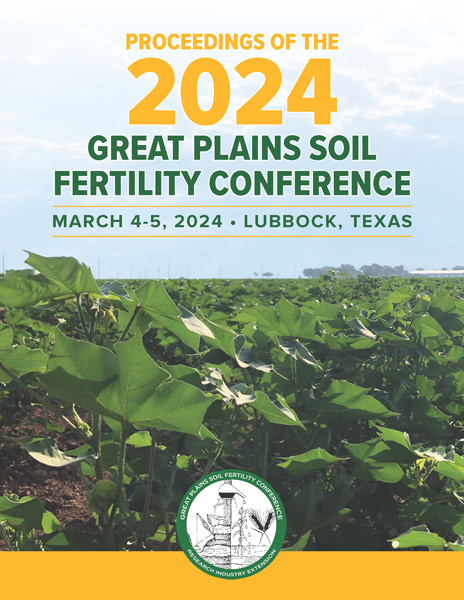Conference Proceedings Available!
The 2024 Great Plains Soil Fertility Conference Proceedings Book is now available! Click the link below to view the full document!
Proceedings
Authors
| Filter results1 paper(s) found. |
|---|
1. Summer Annual Legumes: Yield Potential and Water UseDue to the decline of the Ogalla Aquifer and reduced irrigation capacity, there is a growing interest in more water-efficient cropping systems in the semi-arid central Great Plains. One of the most water-intense crops grown on the semi-arid central Great Plains is alfalfa (Medicago sativa L.). Alfalfa is grown for its nutritive value and protein, which is highly desired by cow/calf, feed yards, and dairies of the central and southern Great Plains. The purpose of this study was to evaluate... J. Holman, N. Detter, A. Obour, L. Haag, K. Roozeboom |
